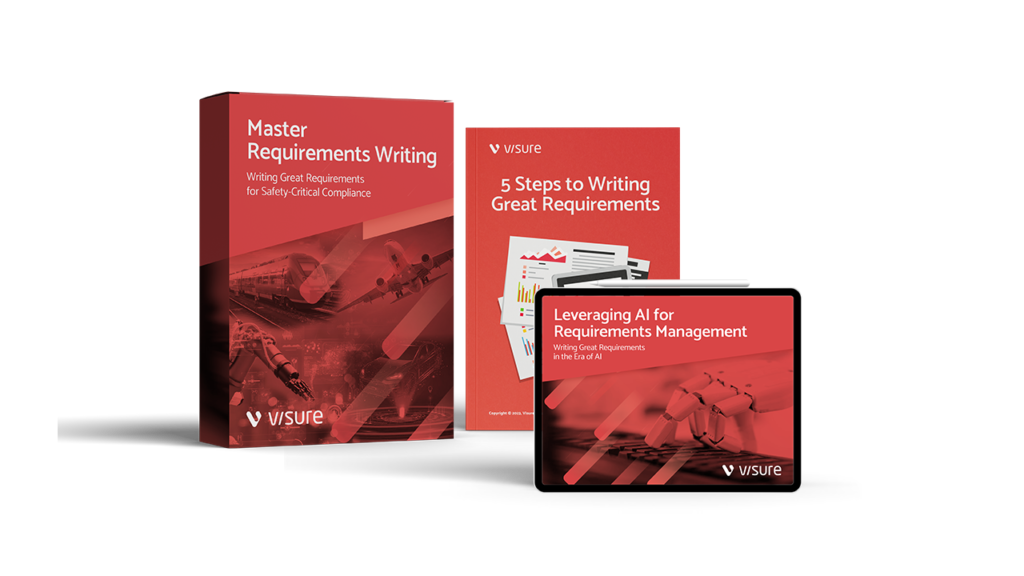Here is a comprehensive glossary of terms related to Application Lifecycle Management (ALM) and associated domains.
| S.No. | Abbreviation | Term | Definition |
|
|
– | Acceptance Criteria | Conditions that a product or system must meet to be accepted by the customer or stakeholder. |
|
|
ALM | Application Lifecycle Management | The management of an application’s lifecycle from inception through retirement, covering requirements, design, development, testing, and maintenance. |
|
|
ADLM | Application Development Lifecycle Management | A methodology for managing the entire lifecycle of an application |
|
|
– | Baseline | A fixed reference point in the lifecycle used for comparison or control. |
|
|
– | Bid Management | The process of creating, submitting, and managing bids in response to procurement opportunities. |
|
|
BRD | Business Requirements Document | A document that defines the business objectives, needs, and scope for a project. |
|
|
CMMI | Capability Maturity Model Integration | A process improvement framework that helps organizations improve performance and capability. |
|
|
– | CMMI Maturity Levels | Five levels in CMMI indicating an organization’s process maturity, from Initial to Optimizing. |
|
|
– | Change Management | Managing changes in projects, ensuring they are implemented effectively and with minimal disruption. |
|
|
CI | Continuous Integration | A practice where code changes are automatically integrated, built, and tested. |
|
|
– | Defect Management | The process of identifying, documenting, and resolving defects or issues in a software product. |
|
|
ERM | Enterprise Risk Management | A framework for managing all risks that could affect an organization’s objectives. |
|
|
FMEA | Failure Mode and Effects Analysis | A methodology for identifying potential failure modes in a process or system and assessing their impact. |
|
|
FMECA | Failure Mode, Effects, and Criticality Analysis | An extension of FMEA that includes criticality analysis to prioritize risks. |
|
|
FRD | Functional Requirements Document | A document detailing the functional specifications and features of a project or product. |
|
– | Hazard Management | Identifying, analyzing, and controlling hazards to ensure safety in systems and operations. |
|
|
– | Impact Analysis | Assessing the potential consequences of changes in a system or project. |
|
MBSE | Model-Based Systems Engineering | A methodology focusing on using models to design and analyze systems. |
|
|
– | Model-Driven Engineering | An engineering approach where models are primary artifacts in the development process. |
|
NFRD | Non-Functional Requirements Document | A document defining the non-functional aspects of a project, such as performance, usability, and security. |
|
|
– | Procurement Management | Managing procurement processes, including acquiring goods and services from external sources. |
|
|
QA | Quality Assurance | Ensuring that processes and deliverables meet specified standards through systematic evaluation. |
|
|
RM | Requirements Management | The process of documenting, analyzing, tracing, and maintaining requirements throughout the project lifecycle. |
|
|
– | Requirements Lifecycle Management | Managing requirements from inception through implementation and maintenance. |
|
|
– | Requirements Traceability | Tracking requirements from origin to implementation to ensure all are addressed. |
|
|
– | Risk Management | Identifying, analyzing, and mitigating risks to achieve project objectives. |
|
|
SCAMPI | Standard CMMI Appraisal Method for Process Improvement | A method for appraising an organization’s processes against CMMI standards. |
|
|
SysML | Systems Modeling Language | A graphical language for modeling complex systems in MBSE. |
|
|
– | Systems Engineering | An interdisciplinary approach to designing and managing complex systems throughout their lifecycle. |
|
|
– | Test Management | Planning, executing, and monitoring testing activities to ensure quality and compliance. |
|
|
– | Tender and Procurement | Managing the process of soliciting and acquiring goods and services through tenders. |
|
|
RTM | Requirements Traceability Matrix | A document mapping requirements to test cases to ensure full coverage. |
|
|
– | Use Case | A description of interactions between a user and a system to achieve a goal. |
|
|
– | Validation | Ensuring that a system meets user needs and intended purposes. |
|
|
– | Verification | Ensuring that a system meets specified requirements. |
|
|
– | Vendor Management | Overseeing and coordinating interactions with vendors to ensure value and efficiency. |
|
|
– | Version Control | Managing changes to documents, code, or systems to track revisions. |
|
|
WBS | Work Breakdown Structure | A hierarchical decomposition of a project into smaller, manageable components. |
|
|
– | Agile Development | A methodology emphasizing iterative development, collaboration, and adaptability. |
|
|
BPM | Business Process Modeling | Representing processes in a visual format to analyze and improve workflows. |
This list provides a well-rounded understanding of ALM and its interconnected domains like risk management, MBSE, CMMI, and procurement management. Let me know if you’d like to add more terms or refine the list further!
